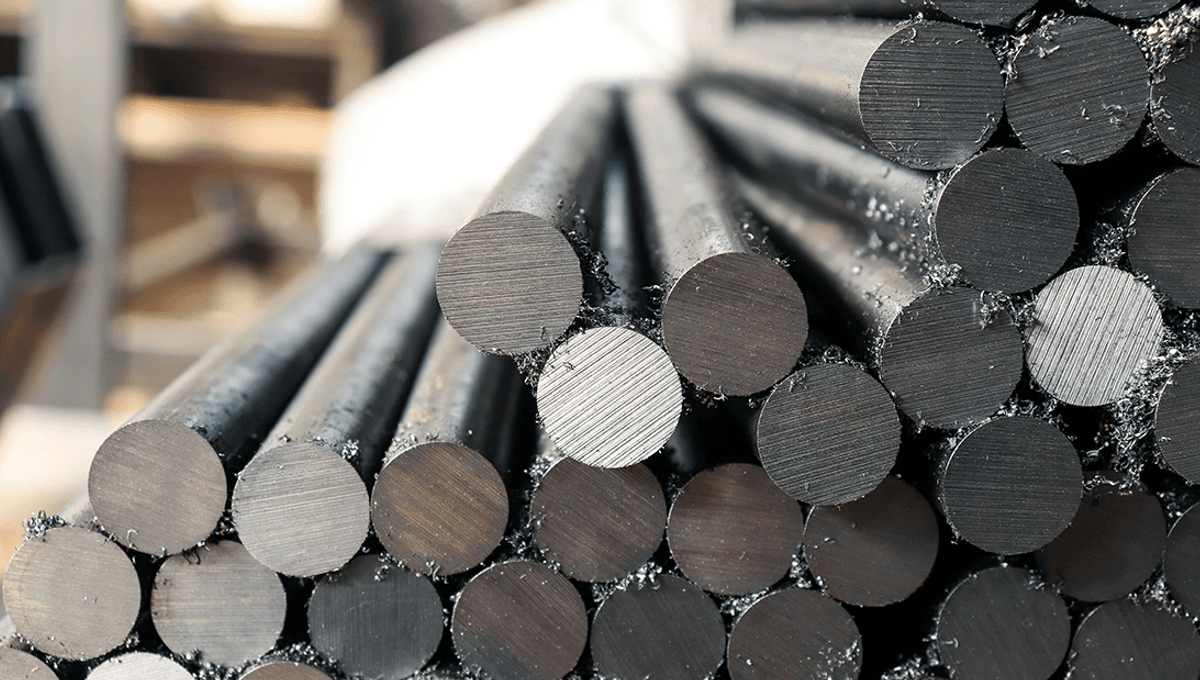
There are a lot of areas of physics that appear counterintuitive, with some of the most famous examples including wave-particle duality and time dilation.
But you may feel like you have a pretty intuitive understanding of fairly simple macro objects, for instance, a pole. So here’s a question; when you take a long metal pole and push it at one end, how long does it take for the other end of the pole to move?
Well, we know that the change cannot be instant, even if that would be really useful. If the other end moved instantly, then you could communicate faster than the speed of light like sci-fi aliens, albeit with a really long pole or system of long poles used to convey meaning. And you don’t want to cause any time travel paradoxes by poking things with a big stick.
Another reasonable guess would be that it moves away at the speed of light, from a “it’s clearly very fast” perspective. But that’s not right either. As explained by material scientist Brian Haidet on his YouTube channel AlphaPhoenix, the time it takes for the other end of the pole to move is defined by the speed of sound in the metal bar.
When we pick up a solid object like metal it feels, well, pretty solid. It seems at our scale to be one long rigid structure with no gaps in between or compressibility. But at the small scale, the metal bar is a crystalline structure arranged from nucleons and their electrons, held in place by their bonds.
When you push on the metal bar, the first layer of atoms pushes on the next, which pushes on the next, spreading through the bar like a wave, at the speed of sound in that medium. That’s not to say that it isn’t extremely fast. Sound moves at different speeds through those mediums, traveling faster through greater densities. On Earth, sound moves at 1,500 meters (4,921 feet) per second in water, and in air around 340 meters (1,115 feet) per second. In solids, sound moves much faster, though how fast depends on the solid, and all these depend on factors such as temperature and pressure.
In the video above, Haidet tested the delay by hitting a pole at one end and detecting when the signal passed down through the pole to the other end. He found that the delay matched what you would expect if it took place at the speed of sound in steel, in a neat tabletop experiment.
Source Link: When You Push A Long Pole, How Long Does It Take The Other End To Move?